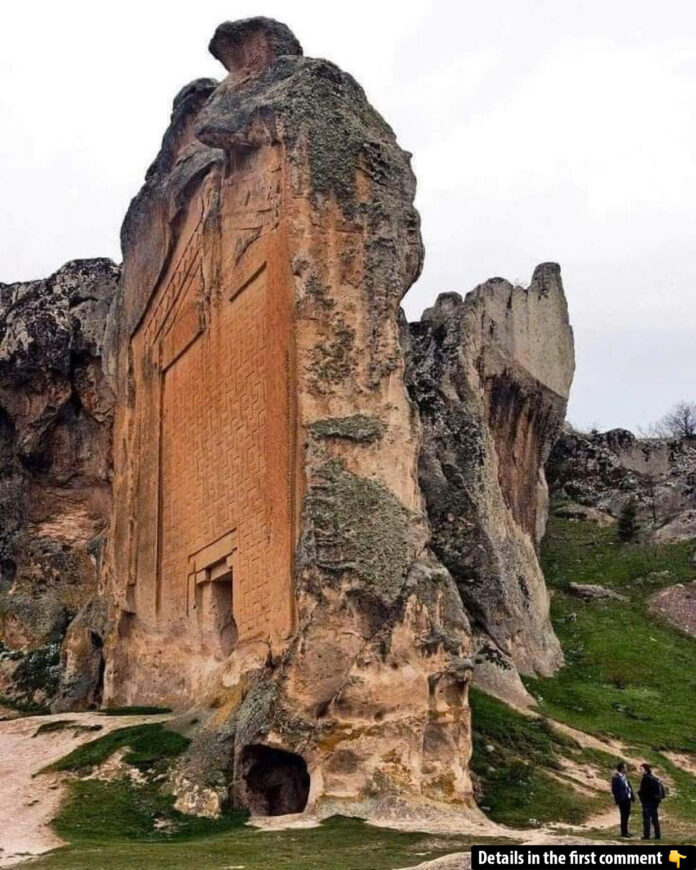In the rugged heart of Anatolia lies an archaeological wonder that continues to baffle experts – Yazılıkaya, better known as Midas City. This ancient Phrygian settlement, dating back over 28 centuries, stands as a testament to a sophisticated civilization whose monuments and inscriptions still whisper tales of gods, kings, and forgotten rituals.
The Legend Behind the Name

The city’s popular association with King Midas – he of the legendary golden touch – is actually a fascinating misattribution. Archaeological evidence reveals that the “Midas” named in the site’s inscriptions doesn’t refer to the mythical king at all, but rather connects to Cybele, the supreme Mother Goddess of Phrygian religion. This revelation transforms our understanding of the site from a ruler’s vanity project to something far more spiritually significant.
A Sacred Center in Ancient Anatolia
The Geographical Significance
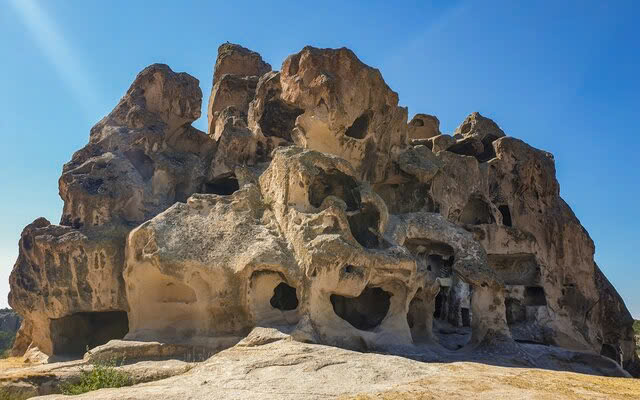
Nestled in Turkey’s Eskişehir province, Yazılıkaya wasn’t built as a political capital but as a dedicated religious center. Its name, literally meaning “inscribed rock,” perfectly describes its most notable features – massive rock facades carved with ancient Phrygian inscriptions. Positioned deliberately away from the political bustle of Gordian (the actual Phrygian capital), this city served primarily as a sanctuary where people could connect with their deities.
The Monumental Marvel

At the heart of Midas City stands its crowning glory – the Midas Monument. Towering 17 meters tall and spanning 16.5 meters wide, this massive rock-cut structure was initially mistaken for the tomb of King Midas. Modern archaeology has identified it instead as a sanctuary dedicated to Cybele. The flat ground beneath this imposing façade functioned as an open-air temple where worshippers conducted elaborate ceremonies to honor the Mother Goddess.
The Divine Feminine: Cybele’s Domain
Mother of All Gods
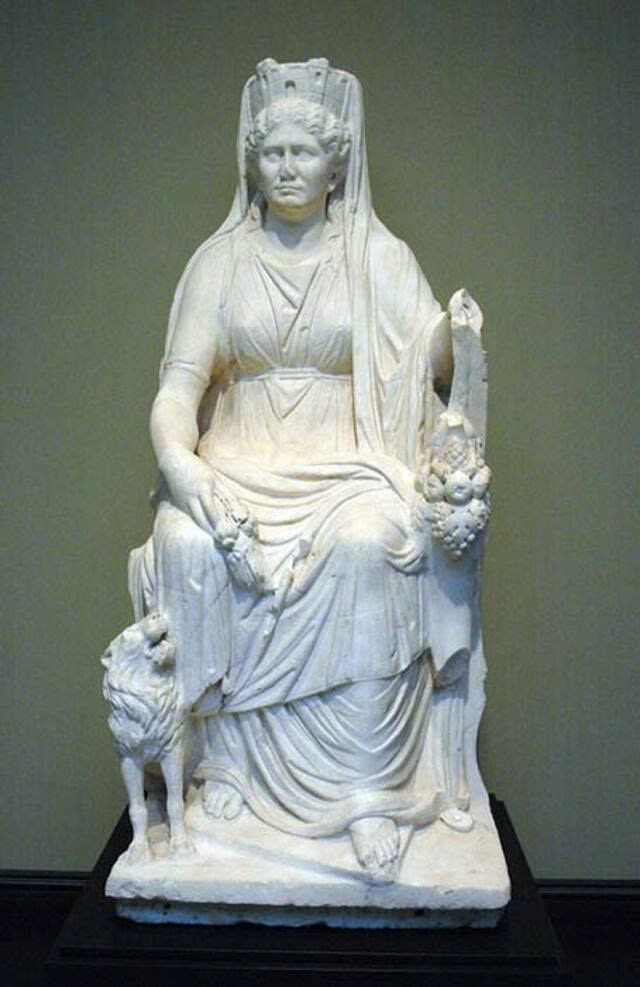
Cybele occupied the supreme position in the Phrygian pantheon as the Mother of Gods. Her influence extended far beyond simple fertility worship – she represented the very generative power of nature itself. The Phrygians believed she could bestow protection, strength, and abundance, making her worship central to their cultural identity. So profound was her importance that her cult eventually spread throughout the Mediterranean, with the Greeks later adopting her as Rhea.
Sacred Rituals and Seasonal Worship
The religious practices at Yazılıkaya were deeply intertwined with agricultural cycles, reflecting a culture intimately connected to the natural world. Evidence suggests complex ceremonies were performed throughout the year, marking seasonal transitions and honoring Cybele’s various aspects. These rituals formed the heartbeat of Phrygian spiritual life at the site.
City of the Dead: Necropolis and Acropolis
Rock-Cut Tombs
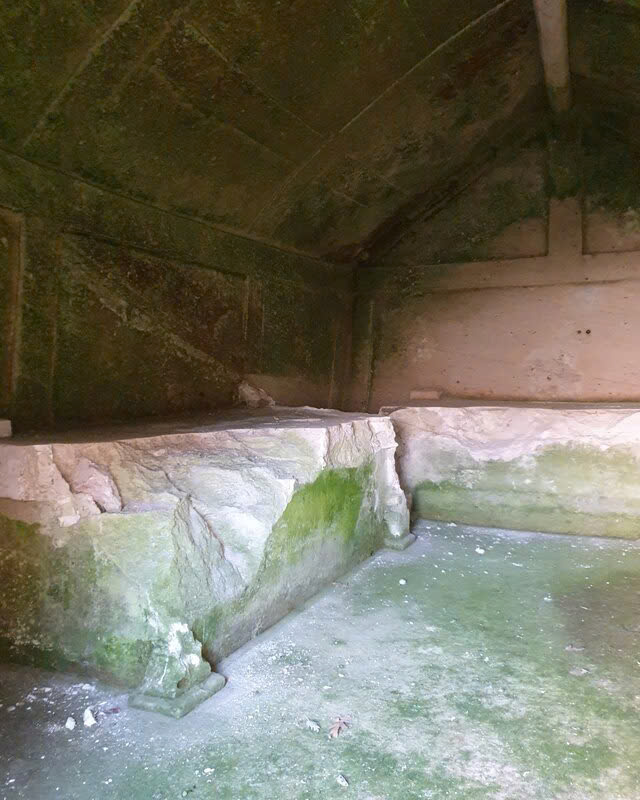
Adjacent to the Midas Monument lies a remarkable necropolis – a city of the dead carved directly into the surrounding rock faces. These elaborate tombs provide crucial insights into Phrygian beliefs about the afterlife and their reverence for ancestors. The careful positioning of these burial chambers, their orientation, and their proximity to the main sanctuary speak volumes about how the Phrygians conceptualized the relationship between the living and the dead.
The Elevated Citadel
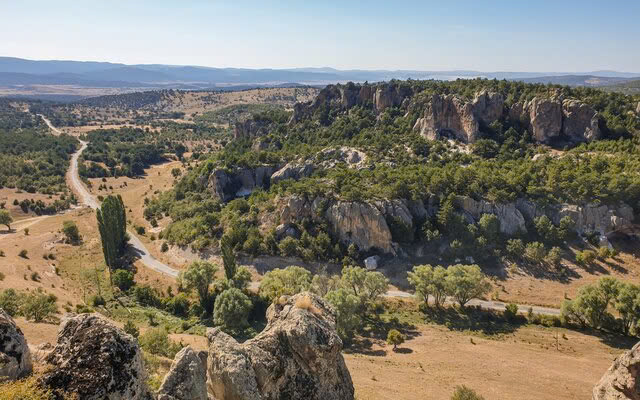
Perched high above the necropolis stands the acropolis of Yazılıkaya. This elevated position allowed observers to view the entire sacred complex while symbolically bridging the earthly realm with the divine. The strategic placement of this citadel wasn’t merely practical but carried profound cosmological significance in Phrygian religious thinking.
Uncovering Ancient Secrets
The Archaeological Journey
The systematic exploration of Midas City began in 1936 when the French Archaeological Institute in Istanbul launched the first formal excavations. These initial efforts revealed not just the magnificent monuments but also sophisticated water cisterns and intricate rock reliefs. Subsequent excavations in the 1940s and 1950s uncovered the extensive necropolis, while work in the 1970s and 1990s continued expanding our understanding of this remarkable site.
Video
The Unfinished Tale

Perhaps most intriguing among Yazılıkaya’s features is the “Unfinished Monument” – a partially completed structure near the main Midas Monument. This architectural snapshot frozen in time provides rare insights into Phrygian construction techniques, revealing how artisans first flattened rock surfaces before carving elaborate designs. Why it remains incomplete is one of Midas City’s enduring mysteries. Was it abandoned due to political upheaval? Or perhaps intentionally left unfinished as part of some unknown ritual?
The Continuing Mystery
Despite decades of archaeological investigation, Yazılıkaya retains many of its secrets. Questions persist about the precise nature of the rituals performed there, the reasons for the site’s eventual abandonment, and the full significance of its elaborate inscriptions.
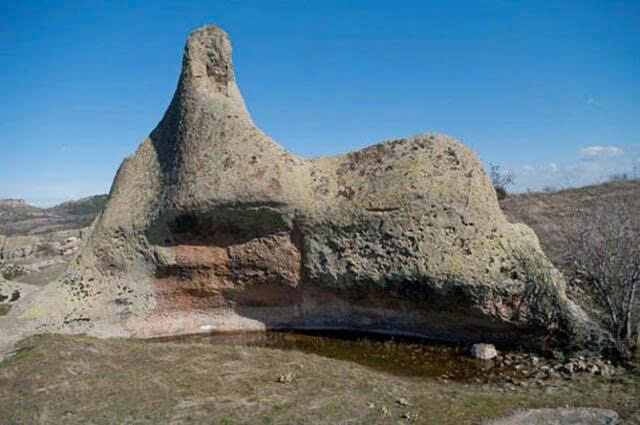
As research continues, this monumental city stands as a powerful reminder of humanity’s ancient quest to understand and connect with divine forces. The stone facades of Midas City, weathered by nearly three millennia of wind and rain, continue to guard their mysteries – a testament to the spiritual and artistic achievements of a civilization that, though often overshadowed by its Greek and Roman neighbors, created one of ancient Anatolia’s most extraordinary sacred landscapes.
